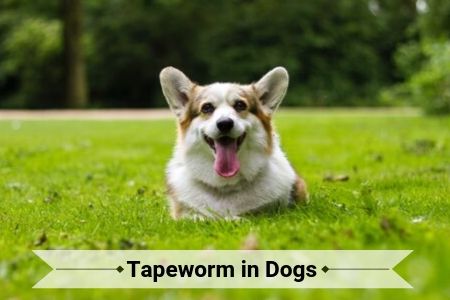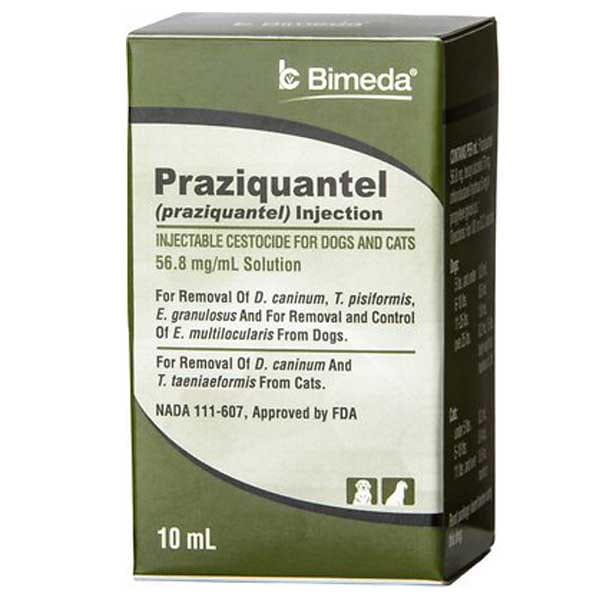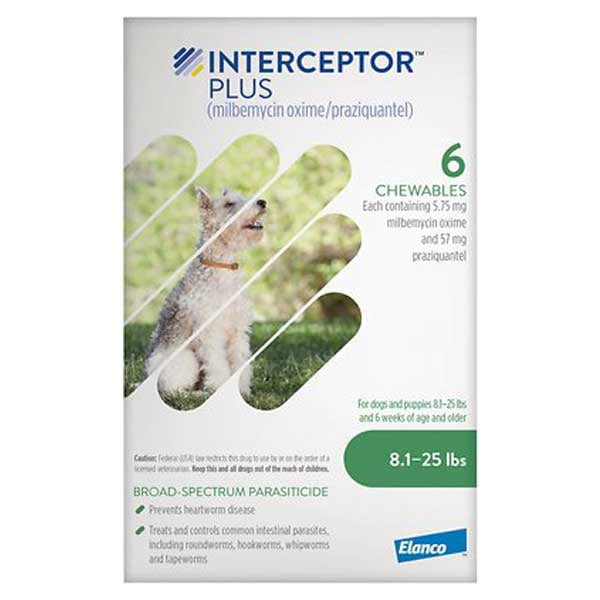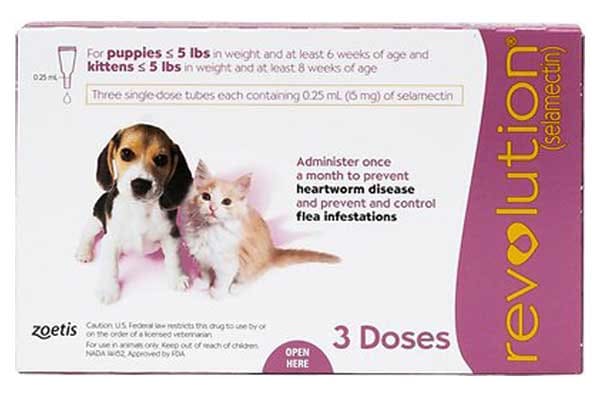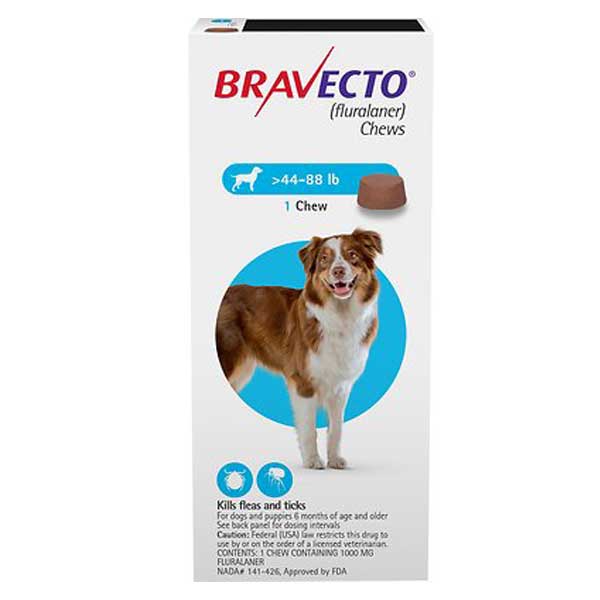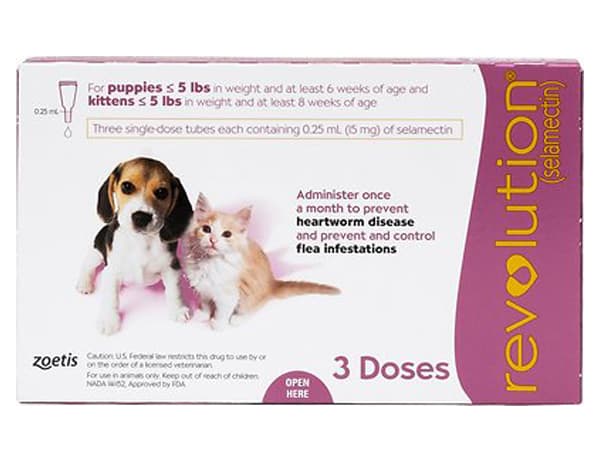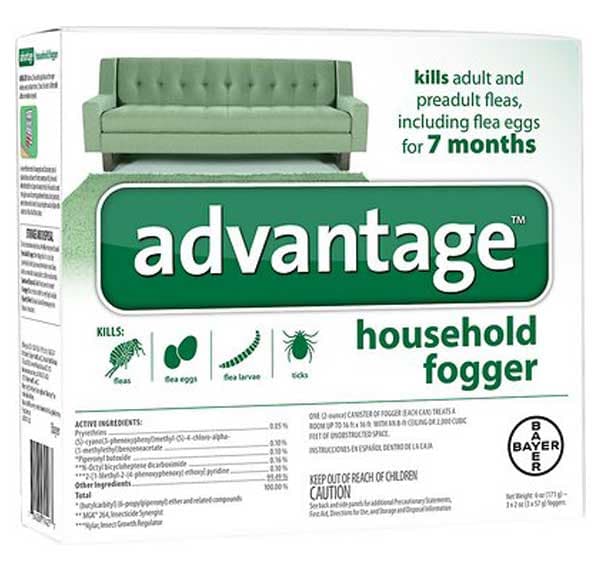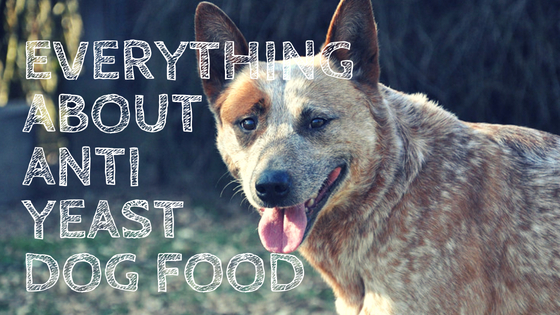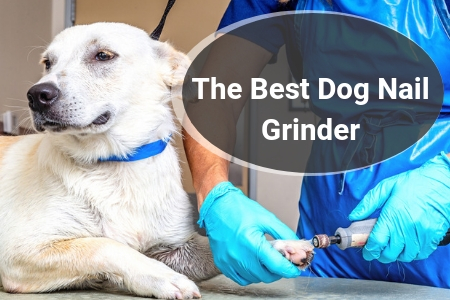The idea of a tapeworm in your dog is something that will make most pet owners cringe simply at the thought of them. There is nothing redeeming to be found in a creature that is vampirish in nature. Tapeworms are parasites that enter into your dog’s gastrointestinal tract and feed off their nutrients to grow. They are a flatworm that can be found in many species including humans, dogs, and cats. Given the right method of transmission, many species can be at risk of infection. The tapeworm found most often in canines is called Dipylidium Caninum or a double pored dog tapeworm. This particular tapeworm uses adult fleas as its intermediate host before it makes its way into your dogs’ system to flourish.
Along with this common tapeworm, there are also other less prevalent tapeworms that can affect your dog called Taenia and Echinococcus. These two particular worms use rodents such as mice, rats or squirrels, rabbits and deer or sheep as their go-between host. Your pup cannot get a tapeworm simply by eating their fertilized eggs. The egg has to go through an intermediate host if it's to live in your dog.
All of these types of tapeworms can infect your dog if your pup somehow ingests the fertilized egg through the intermediate host. That can mean eating a flea with the eggs or the host themselves. If your dog is out and about in the forest and eats fresh wild animal scat or tends to have a high prey drive and catches the actual animal itself, they may end up with these less common versions of tapeworms as the eggs are embedded in what they are eating.
Tapeworms are extremely unpleasant looking, but you need to be aware of them and how they grow so you will know what the signs and symptoms are should your dog become infected. While tapeworms don’t generally cause major health issues that will threaten your pets well being, it's important that your pup is treated if they have them before they can spread them to other animals or humans. You also want to avoid your pup ending up with secondary medical issues from the infestation.
Causes of Tapeworms in Dogs

As uncomfortable as the thought is of your dog having a tapeworm, knowing the cause of them may help you prevent an infestation within your pet. Your dog would have to eat something that has fertilized tapeworm eggs in it to become infected. This transmission often comes from an adult flea that is carrying the larvae of a tapeworm. Ingesting a flea with a tapeworm egg could occur while your dog is grooming themselves or grooming their other household pet companions. They may come across a flea while doing this and inadvertently eat it. If the flea is infected with the larvae, then your dog is now at risk. If you have birds, rabbits or rodents in the house, they can carry these fleas with eggs as well. Fleas can be many places within the household leaving the door open to tapeworm infections if they aren’t dealt with quickly.
Once your pup eats this tapeworm egg then it moves to their small intestine. The tapeworm egg grows and attaches itself somewhere inside your dog’s gastrointestinal tract using hook-shaped suckers. These suckers are actually 6 rows of teeth that help it attach to the wall of the dog’s intestine. The tapeworm eats and thrives on the dog’s nutrients in the intestine until it grows into an adult tapeworm. Once it is an adult, it has grown into a long snake-like form with many segments with each of these segments having their own set of reproductive organs. These segments (proglottids) are about the same size as a piece of rice. These segments can make the length of this tapeworm anywhere from 4 – 28 inches long. There are ones that have been found that are larger but in general, they tend to be less than 2 and a half feet long.
While the tapeworm is growing inside the dog these rice-like segments break away and are then eliminated when the dog poops. This starts this tapeworm cycle once again with another animal since the poop now has tapeworm eggs in it. Fleas can end up with these eggs and something else may eat them thus becoming a new host and perpetuating the flea-egg-tapeworm cycle.
Tapeworms are not hard to diagnose in your canine companion. A dog owner can sometimes see the tapeworm segments crawling around their animal’s bottom or on the top of fresh feces that the dog may have just eliminated. Seeing these signs means that the tapeworms are progressing and growing inside your pup. Once the tiny segments come out of the dog through feces the eggs are released for further contamination. Another sign of tapeworms in your dog are the little yellow dried out pieces of segments caught in their fur around their hind end. These are the tell tale signs that your dog will most probably need medical attention to get rid of these worms.

A further sign of tapeworms in your pup is the fact that they may scoot on their bottom. If they are doing this on the ground, a rug or any rougher surface, it's so they can relieve the irritation the tapeworm may be giving their back end. They may also lick their behinds a lot as the tapeworm segments that move outside the dog’s body are alive and can bother them as they move around. It makes their hind area problematic and a target for scooting and scratching. Your dog might also nip areas of their body that are being irritated by the worm segments. Your dogs’ reactions are not a critical issue overall, but you should watch that your dog is not so irritated that they break the skin by nipping and itching. You don’t want them getting sores that will be difficult to heal if they continue to itch them due to the lack of treatment.
Another way you may also discover a tapeworm in dogs if your pup throws up. Sometimes the worm’s segments make their way into the dog’s stomach causing irritation and can be found once the dog vomits them up. This doesn’t mean they are rid of the tapeworm. It simply means that once again part of the worm has made its way out of the dog’s body with the rest remaining active on the inside.
The final and more drastic way you may know your dog has tapeworms would be found after they have had them for an extended period of time. Dogs don’t often get severely ill from the worms, but they can sustain weight loss if they have a large untreated infection. A large infection can also cause them to become anemic or end up with an intestinal blockage. The tapeworms are taking nutrients that your dog requires so if they are large in size or there are multiple worms latched on, your dog will end up lacking in the nutrition that they need to maintain a healthy weight, iron levels, and general good health.
Nothing about tapeworm in dogs is pleasant including diagnosis by your dog’s veterinarian. Your dogs’ vet will ask you to collect and bring them a fecal sample from your dog if you suspect they have a tapeworm. The sample will then be tested for the presence of tapeworms to confirm the diagnosis. While this test will let them know if your dog has the worms and the type, it will also let the vet know whether the worms are in their anal sac or actual feces. If your dog is diagnosed with having any of these tapeworms, then your vet will say they have Cestodiasis. That is the medical term referring to a tapeworm infestation.
Once it's confirmed that your dog has tapeworms then your pup will probably be prescribed a drug called Praziquantel. This will be given in either an injectable form or as chewable tablets. This will begin the process of ridding your pet of these annoying worms. The medication will literally dissolve the tapeworm in your dog’s intestine with the benefit that this is a non-invasive medical treatment. The good thing about this drug is there very few if any side effects and it works quickly.
Other meds that might be used are a type that can be put on the top of the food and simply eaten during the regular course of your dog’s day. Some of these medications are also used for multiple infections that include hookworm, roundworm and whipworm should these be a problem as well. These meds would be used if your dog is thought to have multiple infestations or if you think that a product mixed with food makes the administration of medication easier.
Although treatment for a tapeworm in dogs is fairly simple, you need to make sure that your dog takes the full round of medications. By not taking the prescribed dosage for the right length of time, you are not giving your pet to have the highest chance of success to get rid of the worms. You leave them open to the chance that they will remain infected. You want to make sure the tapeworms are completely gone from the intestines of your pup so neither them, their animal companions or anyone in your household is at risk for infection. Once their medication has run its full course, your vet will check their feces for further infection and either start to medicate your dog once again if there are still signs of the tapeworm or clear them with a clean bill of health.
Along with using medications properly, it is also strongly suggested that you don’t medicate your pup without talking to your vet to make sure the tapeworm diagnosis is correct. Giving your dog medications that may be the wrong ones means you aren’t solving the problem but possibly adding to it. You want to solve the issue rather than prolonging it. Let your vet advise you on proper treatment so it is done quickly, efficiently and in a safe manner.

No pet owner wants to deal with tapeworms as there is not one pleasant thing about it. This means the best way to avoid having to go down this road is to make sure you prevent the infestation to begin with. The most significant way to do this keeps your dog free of fleas and away from any animal that may have them since it's usually the fleas transport of the eggs that are the main culprit when it comes to infection. You will want to keep your dog from eating things outside that they shouldn’t such as potential hosts, dead animals, garbage and scat. You also need to make sure your dog's home environment is flea free as well. Everything you do to reduce the chance of fleas carrying eggs means you reduce the chance of a tapeworm illness.
If any of your animals have had fleas, then cleaning and preventing a secondary infestation is critical in your home especially if you are also trying to avoid tapeworms. Make sure your dog is up to date with their vaccinations and make sure to protect them with the flea prevention product their vet thinks suits them best. Flea treatment can be used for any pup over 6 weeks old so it's almost never too early to start. You can use some prescription preventative medications for puppies and adult dogs in the hopes of preventing fleas, getting rid of fleas and keeping them out of your household.
Along with protecting your pets, you will also want to make sure you give your home a thorough cleaning if there have been fleas on any of your animals. You will need to vacuum and wash anything that can harbor eggs in your home. Carpets, furniture, curtains, and bedding will all need to be cleaned. Everything top to bottom. You will need to wash all pet items like bedding and toys in the washer on hot then into a hot dryer to clean them further. This can be repeated until fleas or their feces are not visible any longer. There are also sprays and foggers that will kill fleas around the rest of the house in case you missed anything.
This treatment of your home may seem extreme considering the tapeworm is not going to do critical damage to your pup’s health, but the prompt treatment of fleas and tapeworms is essential to avoid further infections and to keep your pets comfortable. Having an itchy hind area and feeling off is unpleasant for your dog and certainly not the best way to go about their lives. You also do not need the added issue of either another pet or person contracting the tapeworm as well.
Cleaning up after your pet is important when it comes to prevention so other dogs and animals aren’t at further risk. It's not only animals that are threatened with infection by dog poop but children as well. These tapeworm eggs are easily transferable to a child if they are playing where an infected dog or cat went to the bathroom and their feces were left for an intermediate host to pick up. Somewhere like a park or sandbox is a prime spot for a child to become infected. Clean up after your pets to keep everyone free of tapeworm infection.
With that being said, make sure both you and any children in your care wash well after playing outdoors or with dogs and cats that they aren’t familiar with. Keeping hands and mouths clean means there is a reduced chance that something nasty will be transferred between animals and also between animals and humans.
Product Image | Product Name | Buy Now |
|---|---|---|
Praziquantel Injectable Solution for Dogs & Cats | ||
Interceptor Plus Chewable Tablets for Dogs, 8.1-25 lbs, 6 treatments | ||
Revolution Topical Solution for Puppy & Kitten, under 5 lbs, 3 treatments | ||
Bravecto Chews for Dogs, 44-88 lbs | ||
Advantage Household Fogger |
Final Thoughts
Oddly while tapeworm in dogs is probably one of the more disturbing things they can end up with medically, they are generally one of the more harmless. That does not mean you should ignore prevention and certainly should not avoid treatment if there is a tapeworm in your dog. These worms are problematic when it comes to the comfort of your dog and can infect other animals and humans as well. A large infestation can end up causing health issues for the primary host so you want to avoid this both due to the discomfort levels and the potential secondary illnesses that can come with long term infestation.
While your dog’s health may not be at great risk, the threat of tapeworms is not something you want to deal with as they are not only unpleasant but will mean costly vet visits and medications to solve the issue. Prevention is not a complicated thing to do and most of it is prevention you should be doing for your dog against fleas anyhow. Common sense will take care of the rest and make sure that tapeworms don’t become a household issue. The price of prevention is always cheaper than having to begin diagnosis and treatment.This article was written by TherapyPet.org.


